Copper-tiling HMS Victory’s Hull, Part 1: Cutting and Gluing Copper Tiles
Before you start, make sure you are familiar with the basic techniques for trimming tiles and be sure to purchase the right type of adhesive. Making a working stand will also prove invaluable. These instructions explain how to finish the lower part of HMS Victory‘s hull with real copper tiles supplied for the purpose, starting with the waterline and keel.
Each copper tile pack contains approximately 4,500 tiles that are the correct scale size to match the original Victory. This includes extras to allow for any mistakes in trimming and fitting the tiles, which are almost inevitable.
1. The copper is soft, making it easy to cut into tiles accurately, without bending them or leaving a burred edge. You will need a hard, flat surface, such as a ceramic tile, mirror, small sheet of glass or similar. (Tape any sharp edges that might cut you.) A wooden cutting board is not hard enough. You will also require a good supply of curved blades for your craft knife.
2. Cut the copper by placing it on the ceramic tile. Place the knife blade exactly where you need to cut the copper, then rock the knife forwards and backwards to cut through the metal. Do not drag the knife, as this will cause the copper tile to slip. The tile will cut easily with medium pressure, providing the blade is sharp. You will need to replace the blade quite a few times during the job.
3. Choice of glue is important. A solvent-free contact adhesive works well, and is not stringy. Super glue will work, but is not easy to use, as it often sticks before the tile can be manoeuvred into position. However, super glue can be useful for fitting individual tiles. Always follow the adhesive manufacturer’s instructions, but be sure to try out your chosen adhesive with a few tiles on some scrap wood before committing it to your model.
4. Construct two stands to support your model securely upside down. You need two lengths of wood, about 30mm x 20mm x 200mm – the exact dimensions are not important. Drill an 8mm hole in the middle of one, and a 10mm hole in the other, then glue in 180-200mm lengths of 8 and 10mm dowel. Invert the model and fit the stands into the fore and mizzen mast sockets.
Expert Tip
Take care to keep the gap between your guide plank and the waterline 4mm at the stern, where the side of the hull is steeply angled.
5. Ensure you have painted the black band on the hull as shown in Issue 66. We recommend that you also adjust the waterline to fall just below the lower wale (as in the Expert Tip in Issue 66 Step 1), as it is very difficult to bend the copper over the lower wale. Then mark a line 4mm below the waterline. Take some spare 2 x 5mm planks, bend them to the curve of the hull and temporarily pin them below the new line you have marked. This will form a guide to ensure the first row of tiles runs straight along the waterline.
6. Glue a row of tiles against the batten, being careful not to stick the batten to the hull. Cut the last tiles so that the row finishes in line with the edge of the keel.
7. The ends of the tiles that go around the stern will need to be chamfered slightly to allow the tiles to follow the angle of the hull. Remove the batten when the glue is completely dry.
8. Now invert the hull on its stands and start tiling the keel. Place a row of tiles along the keel where it meets the garboard plank. Then add a second row until you have completely covered the straight part of the side of the keel. This second row will protrude above the edge of the wood. Overlap the joins like brickwork, but note that the joins are stepped by about a third of a tile, not a half.
9. Continue the rows so that the last tiles protrude beyond the end of the keel. When the glue has dried, cut these tiles so that they are flush with the sternpost.
10. At the bow, keep laying the tiles parallel to the first row, maintaining the overlapping pattern. Trim the ends flush with the edge of the keel and continue fitting tiles up to the waterline.
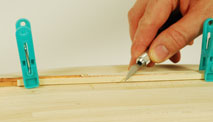
11. Clamp a straight piece of plank along the keel, finishing at exactly the same height as the keel. This will support the tiles, allowing you to cut away the excess copper that protrudes over the keel. Finish off by filing the tiles flush with the keel, using a fine needle file. A diamond-coated needle file works best, as it is less likely to prise off the copper tiles.
12. Plate the edge of the keel with two rows of tiles. These tiles will need to be cut, as the keel is less than two tiles thick. Cut the tiles before fitting them. If you try trimming them after fitting them (as in Step 10), you risk damaging the tiles you already fitted.

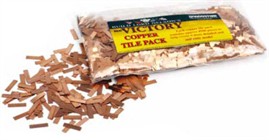
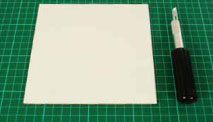
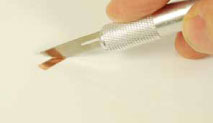
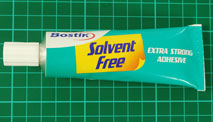
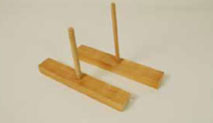

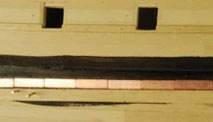




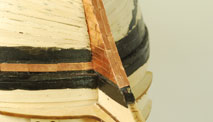

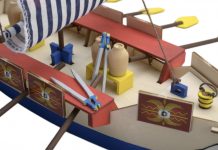
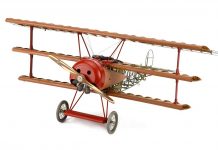



I am building a model of the Cutty Sark and I can’t find a supplier for the copper hull tiles. Can you help?